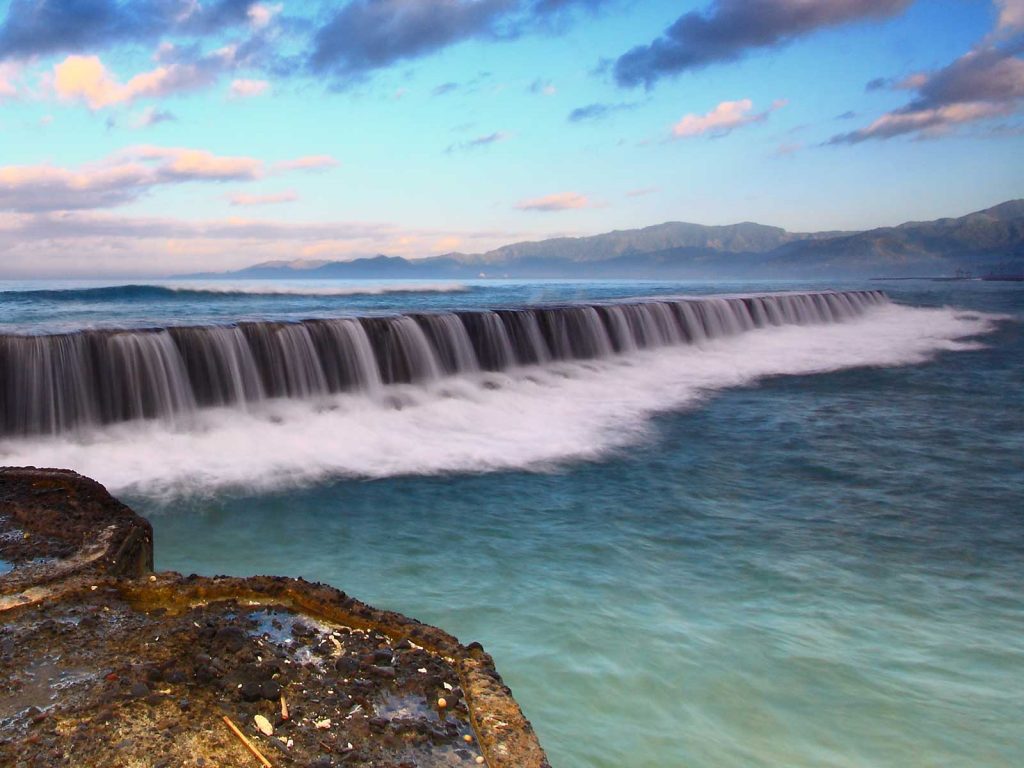
May 31, 2019
Candidasa area is still remains unknown for many travellers, especially for starters. That’s why we are compelling these things to do in Candidasa Bali just for you.
Candidasa, Bali is an area that refers to stretch of coastline from Manggis through Candidasa town itself and east to Bugbug.
Candidasa and the three rocky islands just off the shore, Gili Mimpang, Gili Tepekong and Gili Biaha, are excellent spots for diving and snorkelling. Nutrient-rich waters help beautiful corals to grow and supply a huge variety of sea life: Turtles, different kinds of fish, nudibranchs, seahorses, manta rays, sharks and - in season - the fascinating mola molas (oceanic sunfish) can all be spotted in this area. Currents can be strong and unpredictable. Make sure to choose a professional operator!
Candidasa is situated at the centre of all the famous dive sites of Bali. Within one hour of Candidasa, you will find the famous shipwreck USAT Liberty (Tulamben), Amed, Seraya (especially for muck-diving) and the nearby Padang Bai area. Along the front coast of Candidasa are located the small islands of Biaha, Tepekong and Mimpang, with beautiful coral gardens and the chance of seeing pelagics and a high possibility to see the famous Mola Mola (Oceanic Sunfish) in season. They offer superb but demanding diving which is only really suitable for more experienced divers. Currents here can sometimes be surprising. There is some excellent muck-diving also, especially at the Jetty, Jepun, Blue Lagoon between Candidasa and Padang Bai. From Padang Bai harbour (20 minutes by car from Candidasa) you can reach the Islands of Nusa Penida and Nusa Lembongan (30-minute boat trip). Here you will find amazing coral gardens and challenging drift dives. At Manta point Bali has Giant Mantas all year around, and in the season from August until October you could see the famous Mola Mola at Crystal Bay and at Mimpang/Tepekong.

Goa Lawah temple and bat cave is one of Bali's key nine directional temples and serves as a guardian against dark spirits from the ocean. The cave here is a well-known bat roost. On the north side of the coast road about 10 km west of Candidasa, close to Padang Bai. Rp 6,000, daily 8AM-6PM.
In the hills, just four km inland from Candidasa at Tenganan is the most famous Bali Aga (original Balinese) village. There is another (distinct) Bali Aga community in the village of Trunyan on the shores of Lake Batur near Kintamani, but visitors are advised that Tenganan is much easier to reach and far more welcoming of outsiders.
The Bali Aga people have retained an ancient pre-Majapahit Balinese culture, and this is apparent in the many obvious differences from the rest of Bali which you will find in Tenganan. The villagers maintain strict adherence to ancestor worship, cosmology and other animist beliefs, as well as a rigid social organisation. Villagers must live inside the village and marry from within. Tenganan is closed to outsiders after dark. The dialect of Balinese spoken here is heard nowhere else and differs substantially from even the other Bali Aga community in Trunyan. It is also extremely touristy, and you are expected to pay a fee to enter the village
This is an isolated community in almost every way. The village is separated from the rest of the world by a solid stone wall that entirely encompasses the village. There are four gates in the wall, one for each point of the compass. All houses are exactly alike and aligned either side of natural stone pathways. Each house is accessed by a flight of steps and then a simple gate which opens into a courtyard, around which are arranged the bedrooms, the kitchen and a longhouse which serves as a store. Each house has its own empty shrine where it is believed ancestor spirits reside when they visit their descendants.
The focal point of the village is the 70 foot long Bali Agung pavilion, where the village elders meet to discuss matters of concern. This structure is clearly very old but nobody seems to know just how old. The major communal village temple is the Pura Puseh (the temple of origin), and this actually lies outside the village walls just to the north.
Tenganan produces some of the finest woven basket-ware, and a fabled double weave ikat fabric called Geringsing. This fabric is extraordinarily complex and fine pieces fetch enormous prices in the international markets.
Tirta Gangga literally means water from the Ganges and it is a site of some reverence for the Hindu Balinese. Strictly, the name refers to the water palace built here from the late 1940s to the 1950s by Gusti Gede Djelantik, heir to the former Kingdom of Karangasem. It is widely used, though, to refer to the general area which includes the water palace and some particularly stunning rural areas around.
Tirta Gangga is a popular side trip from the nearby coastal resort towns of Amed and Candidasa. It is in fact right beside the main road between these two locations. The Water Palace is the main drawcard where the gardens, the huge koi fish and the spring-fed swimming pools are worth the stop. There are also about a dozen eateries located around the entry to the Water Palace. The quality is superb and the prices are cheaper than in the Tourist Traps. The hiking around Tirta Gangga is excellent. You can just take a short stroll on your own along any well-beaten track into the rice paddies or, for the more serious hikers, a full-on climb of nearby Gunung Agung.
Candidasa is a good starting point for arranging a climb of Mount Agung. Your hotel will be able to help with arranging a guide. There are also numerous less arduous trekking options in the nearby hills.
The vast majority of groups climb Mount Agung on a guided day trip package, with a pickup late night from your accommodation anywhere in Bali and drop off after the climb back the next late afternoon. It takes 2-3 hours by car to reach either the Besakih (safe, more reputable guides) or Pura Pasar Agung trailheads and all logistics will be taken care of for you.
You can also reach the same trailheads independently by rented motorbike/scooter with the aid of Google Maps and GPS navigation on winding country roads with almost no signage at all and low levels of English language skills of the locals. However, you pass many villages with petrol stands and shops for basic items, interspersed among stretches of terraced rice paddies and low mountain passes with sweeping views as the mountain looms nearer and nearer on the horizon.
The usual way to get to Besakih is from Klungkung. Besakih is about 20km north of the town centre. The road is not too bad if a little winding at times. There is also a back road to Besakih south from Kintamani, and the hour-long drive is beautiful as you pass through forests, villages and fields. The road meets the main Besakih-Klungkung road just before the entrance to Besakih. If you are coming from the eastern end of the island, such as from Amed, Tirta Gangga or Candidasa, you can also get to Besakih by taking a smaller inland road from Karangasem. The road goes through small villages such as Selat and the Bukit Putung lookout and meets the Besakih-Klungkung road at Rendang, where you turn north to head up to Besakih.
To get to the Pura Pasar Agung trailhead, the road towards the end is steep and windy and largely undeveloped, threading up through lush rainforest and terminating in a large mostly deserted parking lot with either no services at all or just a single street vendors selling snacks and water, depending on the season and time of day.
In Candidasa, there is not much beach, especially at high tide. Concrete breakwaters run parallel to the shore for the length of the town.
There is a quiet and little visited black sand beach west of Candidasa proper called Pantai Labuan Amuk. This is a clean beach in a pretty bay, and the offshore waters offer good snorkelling with live coral in shallow waters. There are many other small coves and bays to explore in this area and all visitors are encouraged to do so.
Five kilometres northeast of Candidasa is Pasir Putih (White Sand Beach), one of East Bali's well-kept secrets. It's a five hundred metres long, isolated, beautiful, white sand beach fringed with coconut palms.
Far from the hustle of southern Bali, this eastern Bali area has its own charm, and re-opening Nirwana Beach & Resort Candidasa will be your serene sanctuary while you reside in here.
